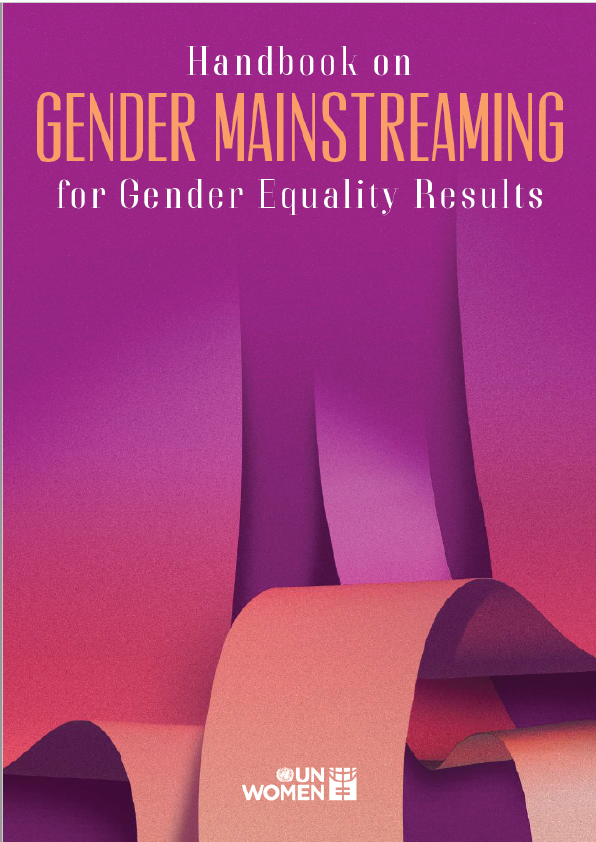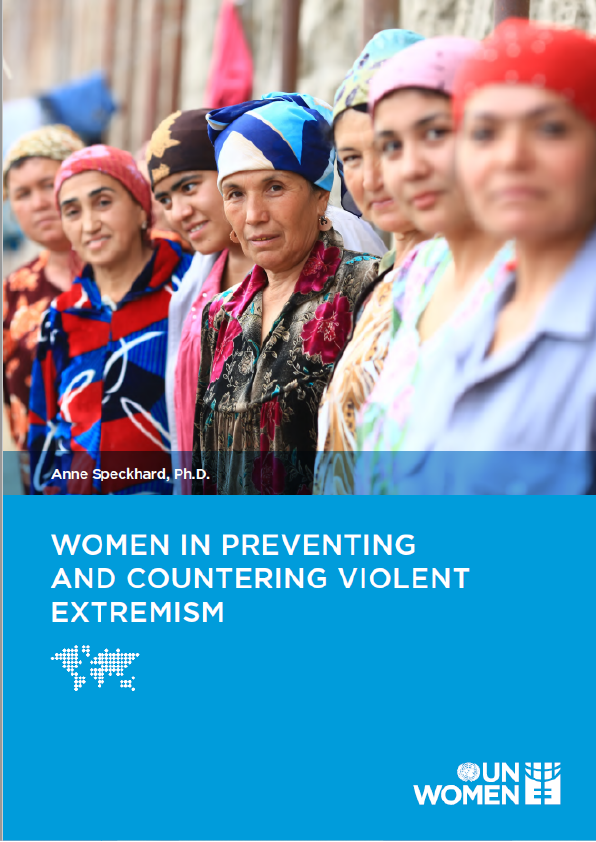Tēnā koutou and welcome to Media Studies 101, the open educational resource for media studies studies in New Zealand, Australia, and Pacifica. Communication and media permeate our society. At its most basic level, we can think of communication as the exchange of information or meaning – but what does that mean? When are you not exchanging information or meaning?
Analysing Texts- Media and Theory
Communication and media permeate our society. At its most basic level, we can think of communication as the exchange of information or meaning – but what does that mean? When are you not exchanging information or meaning? To try and help make sense of the wealth of encounters in which communication might be said to be occurring, we try and categorize communication into different types. Some of these types include:
- interpersonal communication, or one-on-one talking and rhetoric, where we analyse things like tone, body language, and speech
- mass communication, which includes one-to-many and many-to-many communication acts, with a particular interest in mediated communication, such as with the press.
- Organizational communication, where we look at how people organize their information exchanges to maintain and facilitate group behaviour
- Intercultural communication, which looks at the exchange of information and ideas across different cultural groups or subgroups.
But is communication purely a functional and pragmatic tool for the exchange of information, and serves no other function or plays no other role within society? Or is there more than one level to consider when studying the act and role of communication in a social context?
Building on work started by Robert T. Craig, we can generally talk about seven models or traditions of communication – we can look at any communication practice through the lens of one or more of these models to develop a more nuanced understanding of communication in everyday life.
The seven models (adapted from Miller) are:
- Rhetorical – this model is concerned primarily with communication as a discourse, and tends to concern itself primarily with interpersonal, one-to-one or one-to-few communication acts, such as speech. Post the linguistic turn of the mid- to late twentieth century, rhetoric has expanded its area of focus to include mass communication that attempts to persuade, such as political communication and advertising. A rhetorical approach to communication might look at who was speaking to whom, in what context, and to what end or purpose (i.e.: to persuade or to change an opinion or belief).
- Semiotic – this model sees communication primarily as an exchange of signs within a meaning-making system. We will be going into much further depth into the idea of semiotics in a later module, but for now it is just worth noting that semiotics approaches communication in itself, seeing the communication as a sign within a sign system, which employs signs in culturally contextualized combinations to convey meaning.
- Phenomenological – this model is primarily concerned with communication as an experience. A phenomenological approach would see communication as both a representation and a reinforcement of what the communicators see to be self-evident. A phenomenological approach can take on both interpersonal and mass communications, and may also take under its purvey objects or ideas as sites of meaning-making.











